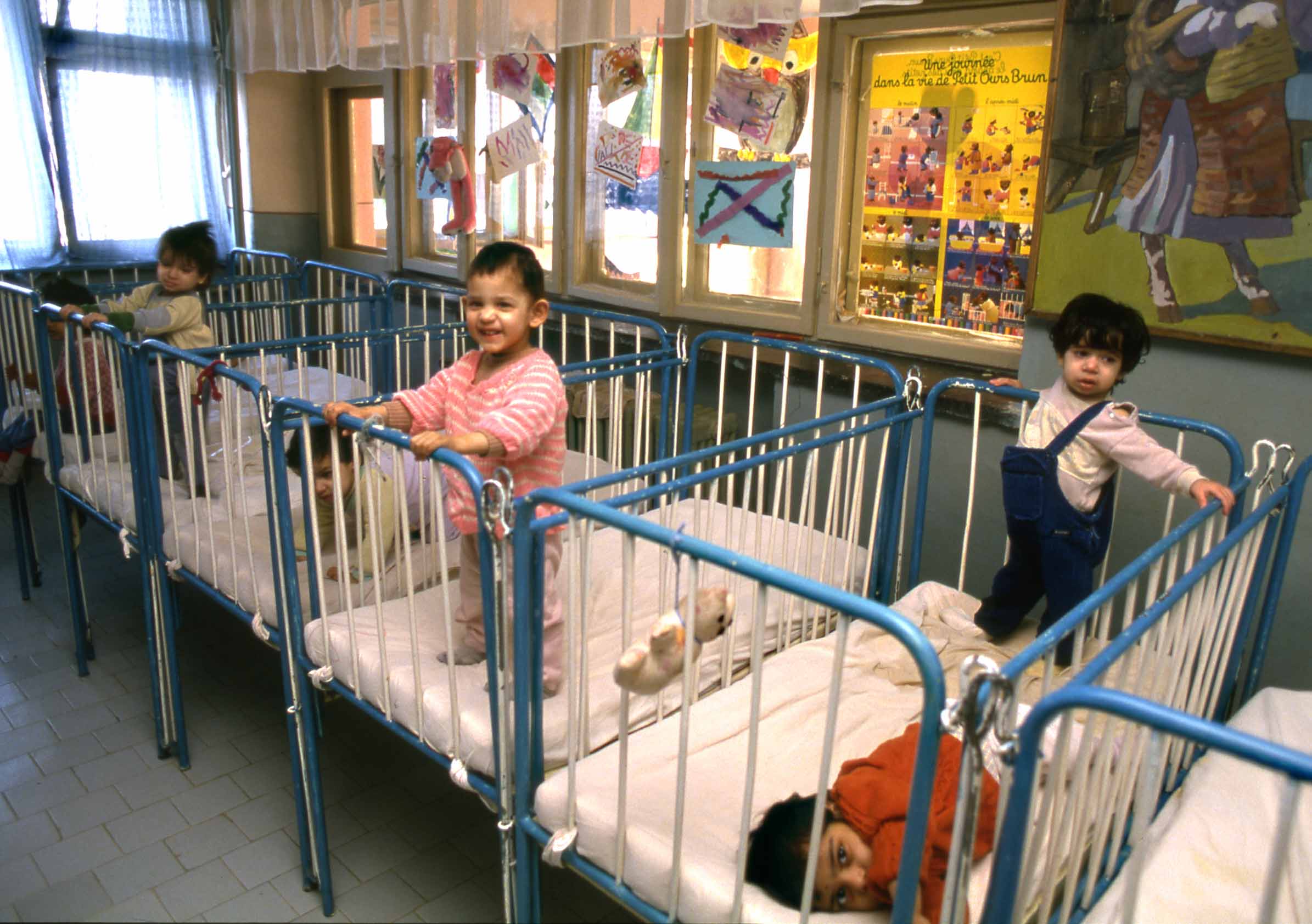What Americans Don't Get About the Brain's Critical Period
 On April 17, 1997, Bill and Hillary Clinton organized a one-day meeting with a long and lofty title: The White House Conference on Early Childhood Development and Learning: What New Research on the Brain Tells Us About Our Youngest Children.The meeting featured eight-minute presentations from experts in public policy, education and child development, and one neuroscientist. They discussed, among other things, how 6-month-old infants learn to discriminate the sounds of their native language, and how, if a kitten’s eye is patched during early development — and therefore deprived of light inputs — it will go permanently blind in that eye, even after the patch comes off. The First Lady gave the gist of the meeting in her opening remarks: The first three years of life, she reportedly said, “can determine whether children will grow up to be peaceful or violent citizens, focused or undisciplined workers, attentive or detached parents themselves.”Behind the hyperbole of that statement is an important idea based in solid science. The first few years of life are a “critical period” for brain development, during which experiences — strong parental attachments, exposure to written and spoken language, social interactions — sculpt brain circuits in a way that’s difficult to un-sculpt. When a developing brain isn’t adequately stimulated, as often happens to children living in poverty, for example, or in the foster care system, this deprivation can lead to problems in cognition, attention and social behaviors.The conference spurred a media frenzy. “Suddenly, every magazine and newspaper is saying, ‘Oh my god, life ends at the age of 3 when the critical period ends’,” recalls Charles Nelson, a developmental neuroscientist at Harvard. You might think that all the attention on critical periods would have led to more research on disadvantaged children. To some extent, it did (more on that later), but the vast majority of the public discussion went toward the other end of the socioeconomic spectrum.Read more at...The Last Word on Nothing, August 2012.
On April 17, 1997, Bill and Hillary Clinton organized a one-day meeting with a long and lofty title: The White House Conference on Early Childhood Development and Learning: What New Research on the Brain Tells Us About Our Youngest Children.The meeting featured eight-minute presentations from experts in public policy, education and child development, and one neuroscientist. They discussed, among other things, how 6-month-old infants learn to discriminate the sounds of their native language, and how, if a kitten’s eye is patched during early development — and therefore deprived of light inputs — it will go permanently blind in that eye, even after the patch comes off. The First Lady gave the gist of the meeting in her opening remarks: The first three years of life, she reportedly said, “can determine whether children will grow up to be peaceful or violent citizens, focused or undisciplined workers, attentive or detached parents themselves.”Behind the hyperbole of that statement is an important idea based in solid science. The first few years of life are a “critical period” for brain development, during which experiences — strong parental attachments, exposure to written and spoken language, social interactions — sculpt brain circuits in a way that’s difficult to un-sculpt. When a developing brain isn’t adequately stimulated, as often happens to children living in poverty, for example, or in the foster care system, this deprivation can lead to problems in cognition, attention and social behaviors.The conference spurred a media frenzy. “Suddenly, every magazine and newspaper is saying, ‘Oh my god, life ends at the age of 3 when the critical period ends’,” recalls Charles Nelson, a developmental neuroscientist at Harvard. You might think that all the attention on critical periods would have led to more research on disadvantaged children. To some extent, it did (more on that later), but the vast majority of the public discussion went toward the other end of the socioeconomic spectrum.Read more at...The Last Word on Nothing, August 2012.